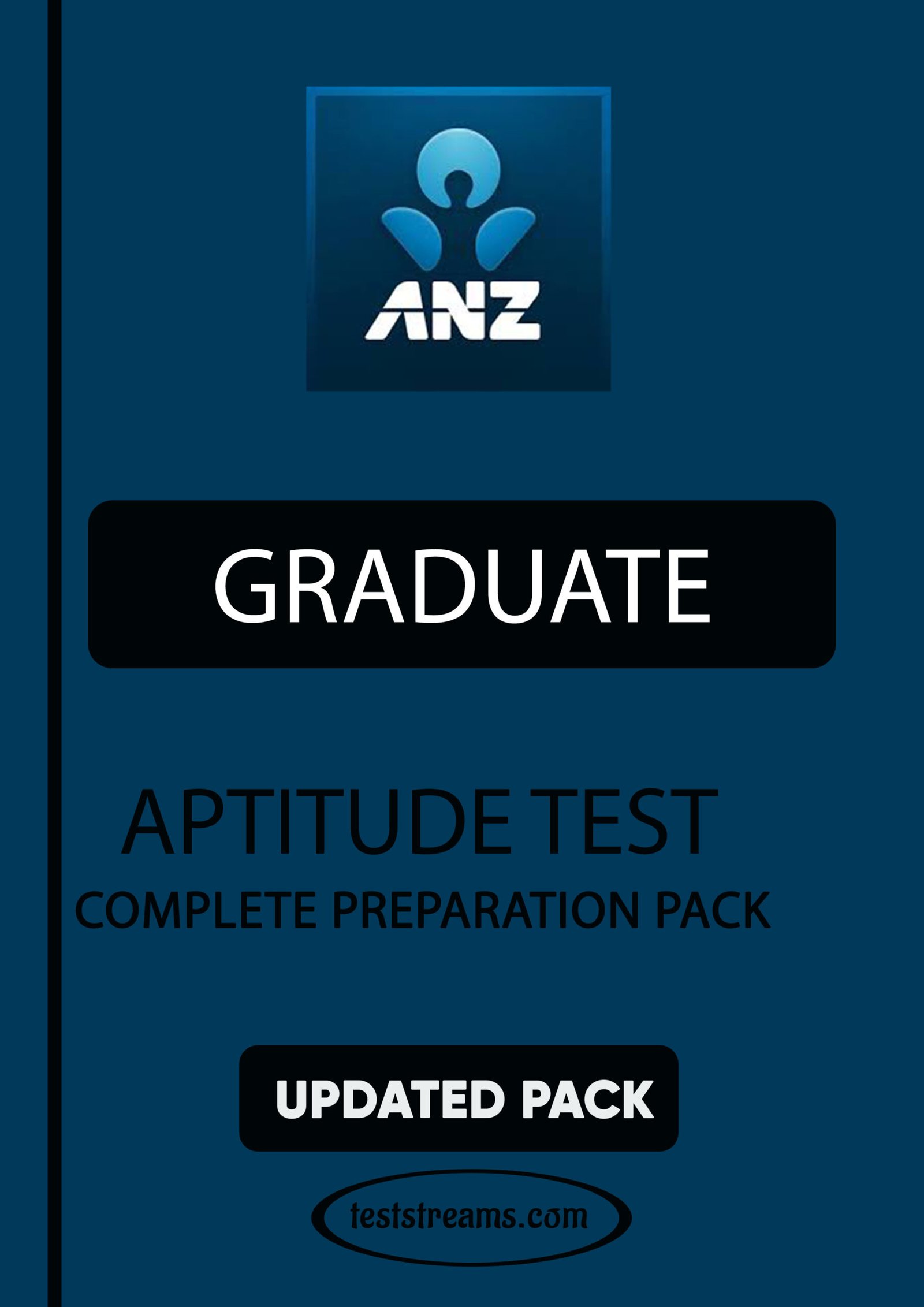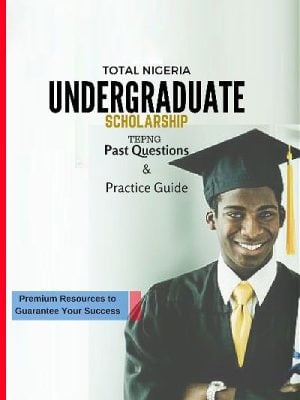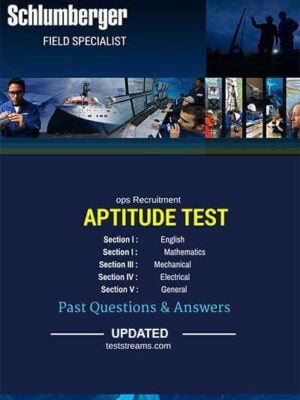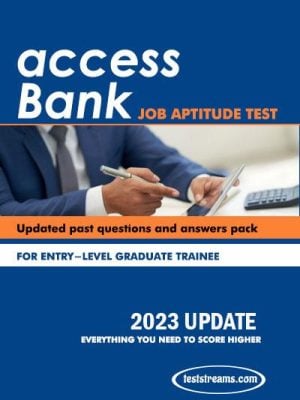Description
ANZ Practice Aptitude Test Pack
The ANZ Practice Aptitude Test Pack is your ultimate resource for preparing to ace the ANZ graduate assessment.
This comprehensive preparation pack covers all the key sections of the actual tests used by ANZ, giving you an accurate feel for the exam.
It includes detailed practice questions and step-by-step solutions to enhance your test-taking skills.
Start your journey towards success with our ANZ Practice Aptitude Test Pack.
What?s Included in the ANZ Practice Aptitude Test Pack
- ANZ Numerical Reasoning Test (CEB/SHL Style): Tackle questions that test your quantitative skills, including data analysis, financial calculations, and numerical reasoning.
- ANZ Verbal Reasoning Test (CEB/SHL Style): Practice comprehension and verbal logic with questions designed to test your ability to understand and interpret complex texts.
- ANZ Diagrammatic/Logical Reasoning Test (CEB/SHL Style): Develop your logical reasoning abilities with exercises that challenge your understanding of patterns, sequences, and relationships in diagrams.
Each section is designed to replicate the actual test format, with step-by-step explanations and problem-solving tips to improve your efficiency and confidence.
ANZ Aptitude Test Formats: What to Expect
ANZ typically uses CEB/Gartner (SHL) style assessments to evaluate potential candidates. Depending on the position and location, the assessments may include some or all of the following sections:
- Numerical Reasoning: Test your ability to interpret data presented in graphs, tables, and charts.
- Verbal Reasoning: Assess your capacity to evaluate written information and make logical deductions.
- Logical/Diagrammatic Reasoning: Identify patterns, sequences, and logical rules.
- Situational Judgement Test: Determine how you respond to work-related scenarios, focusing on decision-making skills.
- Personality Test: Explore your behavioral traits to assess how you fit within ANZ?s corporate culture.
- Interview: Often competency-based, the interview focuses on your skills, experiences, and motivation for joining ANZ.
Tips for Success in ANZ?s Assessment
- Understand the Question Formats: Familiarize yourself with the types of questions in each test section to optimize your preparation.
- Time Management: Practice under timed conditions to improve your speed without sacrificing accuracy.
- Answer the Easiest Questions First: If you’re stuck, move on to the next question and return later to maximize your score.
- Read Instructions Carefully: Ensure you understand what is being asked before answering, especially in verbal and situational judgement tests.
- Research ANZ?s Core Values: Knowing ANZ?s mission and values can help you in situational judgement tests and interviews, aligning your responses with the company?s expectations.
About ANZ
ANZ (Australia and New Zealand Banking Group) is one of the largest financial institutions in Australia, with operations in over 30 countries.
Headquartered in Melbourne, Australia, ANZ offers a range of financial services, including banking, investment, and wealth management.
The company is known for its commitment to innovation, diversity, and sustainability, making it a top choice for graduates seeking opportunities in the financial sector.
Why Choose the ANZ Practice Aptitude Test Pack?
- Comprehensive Coverage: Each test type is covered in-depth, giving you all the tools needed for success.
- Accurate Simulations: Practice questions closely mirror the actual ANZ assessments, providing a realistic test experience.
- Expert Explanations: Clear, step-by-step answers to each question help you understand the reasoning behind the correct solutions.
- Targeted Preparation: Focus on the skills that ANZ values most in their recruitment process, increasing your chances of success.
Prepare with confidence using the ANZ Practice Aptitude Test Pack, which features realistic questions and expert strategies tailored to ANZ?s graduate assessments.
FREE SAMPLE ANZ PAST QUESTIONS AND ANSWERS
VERBAL REASONING
MOCK TEST 3
This verbal reasoning test comprises 30 questions, and you will have 25
minutes in which to correctly answer as many as you can.
You will be presented with a passage to read, and a statement about that
passage. For each statement you must select one of the following
answers:
True: The statement follows logically from the information contained in
the passage.
False: The statement is logically false from the information contained in
the passage.
Cannot Say: It is not possible to determine whether the statement is true
or false without further information.
You will have to work quickly and accurately to perform well in this test. If
you don’t know the answer to a question, leave it and come back to it if
you have time.
Light is made up of electromagnetic waves. These vary in length and it is these differences
that we perceive as different colours. White light has all the wavelengths of the light spectrum
mixed up together. An object looks coloured because light falls on it and it reflects only certain
parts of the spectrum. The rest of the spectrum is absorbed by the object. An object that looks
white reflects all the light that falls on it. An object that looks red reflects the red part of the
spectrum and absorbs the rest. Our eyes detect these different reflected waves and we see
them as different colours.
Question 1.
Without colours we would consider the world a dull and less beautiful place.
A. True
B. False
C. Cannot tell
Question 2.
White light is an amalgam of all the wave lengths of light.
A. True
B. False
C. Cannot tell
Question 3.
The passage states that an object that looks blue absorbs all but the blue wavelengths of
light.
A. True
B. False
C. Cannot tell
Question 4.
The colour we perceive an object to be is determined by the electromagnetic waves that it
absorbs or reflects.
A. True
B. False
C. Cannot tell
Question 5.
White paint reflects more light than red paint.
A. True
B. False
C. Cannot tell
Between 1797 and 1815 Europe went through the Napoleonic wars. This period saw France at
war with the kingdoms of Prussia, Russia, Austria, Spain and Britain. At that time the French
army was the most powerful in Europe.
By 1808 France had conquered much of the continent and had created the largest European
empire since the Romans two thousand years before. Napoleon Bonaparte was its emperor
and the military leader who oversaw the many major victories. However, a disastrous campaign
in Russia, retreat from the Spanish peninsular and British supremacy at sea eventually allowed
a combined European force to defeat Napoleon’s army at Waterloo.
Question 6.
The Napoleonic wars lasted 18 years.
A. True
B. False
C. Cannot tell
Question 7.
By 1808 Napoleon headed an empire that controlled most of the continent of Europe.
A. True
B. False
C. Cannot tell
Download NOW and start practicing!











Reviews
There are no reviews yet.